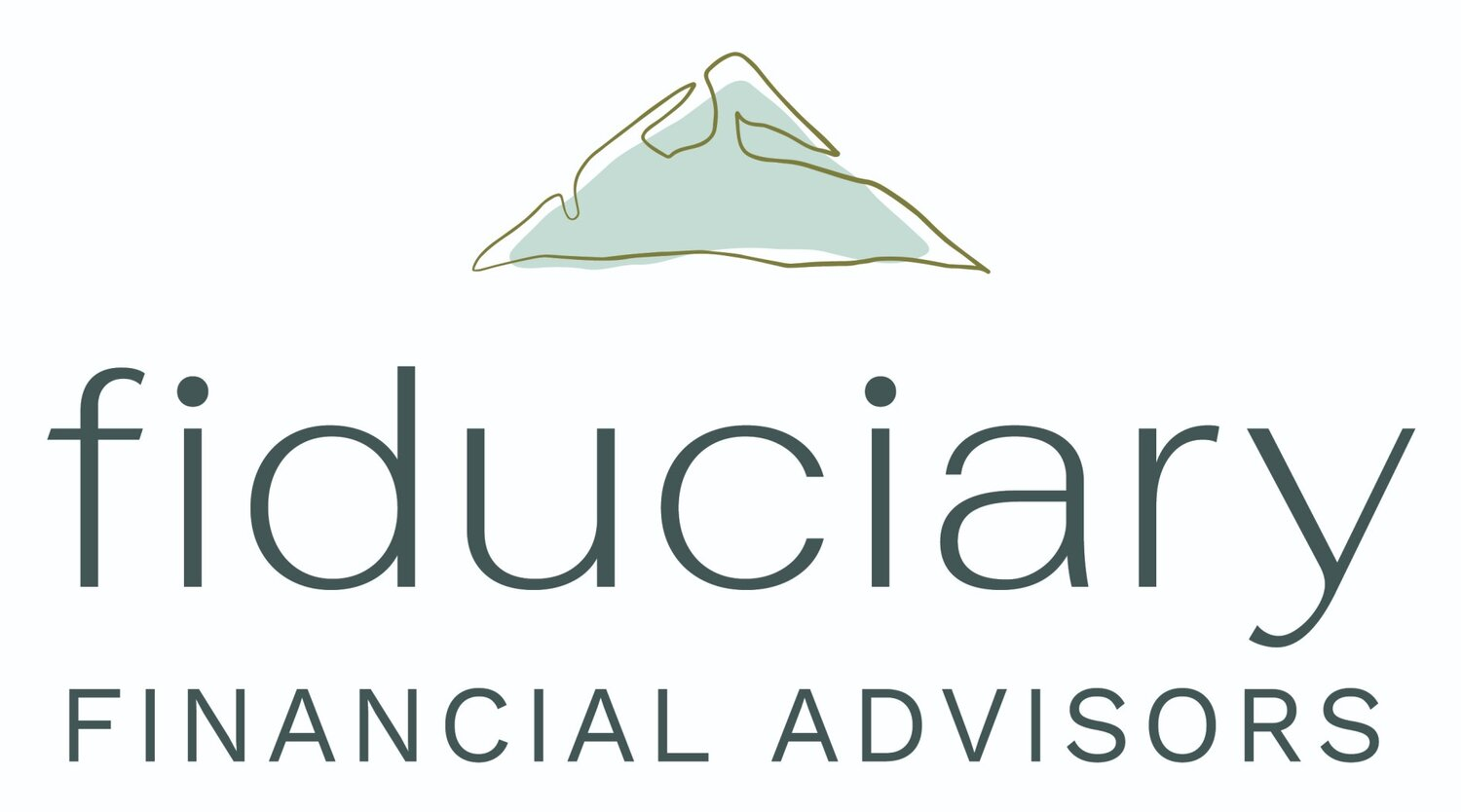The Power of a Family Bank
/Many American families often face the challenge of preserving and growing their wealth across generations. The concept of a family bank offers a robust solution, providing a structured system to manage and utilize family wealth effectively. Drawing inspiration from Emily Griffiths-Hamilton's "Build Your Family Bank" and James E. Hughes Jr.'s "Family Wealth," this guide introduces you to the philosophy and logic behind creating a family bank. Let us explore how this powerful strategy can transform your wealth management approach.
Initial Steps to Establish Your Family Bank
Establish Leadership and Oversight
Set up a governance framework with clear roles and responsibilities. Typically, this involves a family council or board of directors that oversees the bank's operations, makes key lending decisions, and enforces policies. A structured governance system ensures transparency, accountability, and consistent decision-making.
Develop Lending Policies
Set transparent lending policies, including who can borrow, for what purposes, interest rates, and repayment terms. Incorporate the Applicable Federal Rate (AFR) to ensure compliance with tax regulations of family loans. Family members should submit business proposals to acquire loans, fostering a professional and disciplined approach to borrowing.
Implement Family Financial Education Programs
Provide ongoing financial education to family members through family summits or retreats, educational resources, and mentorship programs with individuals outside of the family. These initiatives should be specifically tailored to different age groups and financial literacy levels, ensuring that everyone can learn and grow at the life stage they are in.
Continuous Improvement
Regularly evaluate the performance of the family bank, reviewing loan impacts, financial health, and policy adherence. This ongoing assessment allows for timely adjustments, ensuring the bank remains effective and aligned with its goals. An idea format for these meeting is at an annual family retreat.
Benefits of a Family Bank
Wealth Preservation
A family bank helps preserve wealth by keeping financial resources within the family, reducing reliance on external financial institutions, and retaining interest payments within the family circle. This internal circulation of funds strengthens the family's financial base.
Fostering Innovation
Family banks can be a crucial source of funding for entrepreneurial ventures. By providing capital to family members with innovative ideas, the family bank fosters a culture of entrepreneurship and business growth, encouraging family members to pursue their ambitions with the support of the family. This also improves the overall competencies of the family as they gain knowledge in these new ventures.
Strengthened Family Bonds
The collaborative nature of a family bank strengthens family bonds. By working together towards the overall health of the family and the family bank, family members develop deeper trust and cooperation, enhancing family unity.
Empowering Financial Decision-Making of Future Generations
The educational aspect of a family bank improves financial literacy among family members. This knowledge equips them to make informed financial decisions and manage their resources effectively, contributing to their personal and professional success.
Shifting Future Growth Opportunities to Younger Generations
A family bank allows for the strategic shift of financial risk to younger generations who are better positioned to manage it. This can include funding new ventures or investments, enabling older generations to safeguard the growth of their wealth while empowering younger members to take calculated risks.
Special Considerations
While a family bank offers numerous benefits, it also comes with potential risks and downsides that need careful management:
Family Dynamics
Managing financial relationships within a family can lead to conflicts, especially if there are disagreements over lending decisions or repayment issues. Establish clear policies and dispute resolution mechanisms through a family board comprised of multiple family members in addition to outside advisors to address conflicts promptly and fairly. In addition to the board, regular family meetings and transparent communication can also help in mitigating misunderstandings.
Risk of Family Loan Defaults
There is always a risk that family members may default on loans, which could strain family relationships as well as the bank's financial health. Implementing a family investment policy statement for lending policies in addition to requiring detailed business proposals for loans by all family members. The family should also establish plans for how they would like to manage defaults should they occur.
Governance Challenges
Ensuring effective governance can be challenging, particularly if family members lack the necessary experience or commitment. Create a strong governance structure with experienced members and include external advisors that have the family’s best interest at heart.
Maintaining Financial Discipline
Ensuring that all family members adhere to the established policies and guidelines can be difficult as a family grows and evolves. Continuously work to ensure family policies are being enforced consistently and conduct regular audits. Foster a culture of accountability through transparent reporting and setting clear consequences for policy breaches. This may include excluding family members from use of the family bank.
The Rockefeller Centre in New York City
A Real-Life Example of a Successful Family Bank
The Rockefeller family has long used family banking principles to preserve their wealth across generations. By focusing on stewardship and long-term planning, they have maintained their financial legacy. The Rockefellers emphasize financial education and mutual support, ensuring that each generation is equipped to manage and grow the family’s wealth. Their family bank supports entrepreneurial ventures, philanthropic efforts, and educational initiatives, reflecting their values and long-term vision.
Creating a family bank can be a transformative strategy for individuals looking to manage and preserve their wealth for future generations. By fostering a family-wide view of financial stewardship, education, and mutual support, a family bank can not only secure a financial legacy but also promote family unity and fiscal discipline. I hope this guide has provided you with valuable insights into the power and potential of a family bank. If you have any questions or would like assistance in establishing your own family bank, it would be an honor to help you.
Recent Articles Written By Andrew:
Recent Publications Featuring Andrew:
Podcasts Featuring Andrew:
Fiduciary Financial Advisors, LLC is a registered investment adviser and does not give legal or tax advice. Information presented is for educational purposes only and does not intend to make an offer or solicitation for the sale or purchase of any securities. The information contained herein has been obtained from a third-party source which is believed to be reliable but is subject to correction for error. Investments involve risk and are not guaranteed. Past performance is not a guarantee or representation of future results.
Fiduciary Financial Advisors does not give legal or tax advice. The information contained does not constitute a solicitation or offer to buy or sell any security and does not purport to be a complete statement of all material facts relating to the strategies and services mentioned.


















A cash balance plan helps business owners save more for retirement while lowering taxes. With higher contribution limits than a 401(k) and tax-deferred growth, these plans offer major financial advantages. Employers fund the plan, providing stable benefits for employees. While they require annual contributions and administration, the tax savings and wealth-building potential make them a smart choice for high-income professionals.